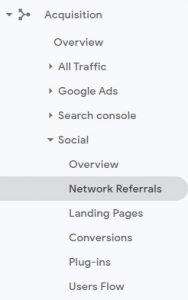From the board of directors, CEO, and the executive team on down, it is essential for every person within an organization to have clearly defined roles.
That sounds like a basic concept, doesn’t it?
So why do so many businesses or organizations get bogged down in bureaucracy when it comes to decision making? It’s because the conversation of defining roles is either too ambiguous or non-existent.
Defining those roles is fundamental to corporate governance.
We’ll use the example of Carly, a bank senior vice president and one of her senior managers, Dave. Carly spoke with Dave regarding a critical marketing issue.
“Let’s do what it takes to fix this,” was her directive to him.
Dave understood this to mean that he had the authority to fix the issue.
After assembling his team, he directed them to analyze the issue, identify solutions to the problem and report their progress to him weekly. When it came time to receive their progress reports, he was surprised to receive push-back from them. After asking them why they weren’t getting it done, they responded by saying they felt he didn’t have the authority to make any decisions regarding the issue.
During this discussion, Carly walked by and Dave flagged her down. He asked her to clarify what she expected from them. She stated she wanted their input and ideas on the issue so she could report their progress at an upcoming meeting and make her final decision. Dave abruptly ended the meeting and pulled Carly aside. Because there hadn’t been a clear, well-defined conversation about exactly what Dave’s responsibilities and Carly’s expectations were, the resulting fall-out damaged both Dave’s reputation and his working relationship with Carly.
Whether it’s regarding a job function or a particular project role, everyone in an organization needs to know exactly what their role is and what authority they have in order to take responsibility and ownership of their position. If clarification is lacking, an organization risks losing their top talent because morale and the effectiveness of the organization becomes diminished.
Our research has shown most managers see themselves making decisions, rather than managing them.
They fail to give clear instructions about roles and responsibilities.
We help executives clearly define the roles of each member, come up with a formula to help manage decisions, and ensure the continuity of those decisions.
How do we define roles?
We help executives map out decisions and advise them on how to be clear and concise about the process. Using short, intensive workshops, leadership coaching and role-playing, we help executives communicate expectations more effectively, and provide ongoing coaching tools in order to create a sustainable action plan. We document specific roles from the CEO and COO to division managers in product development, marketing, manufacturing and other areas.
This post was originally published at Leading-Resources.com.
Business & Finance Articles on Business 2 Community
(51)








